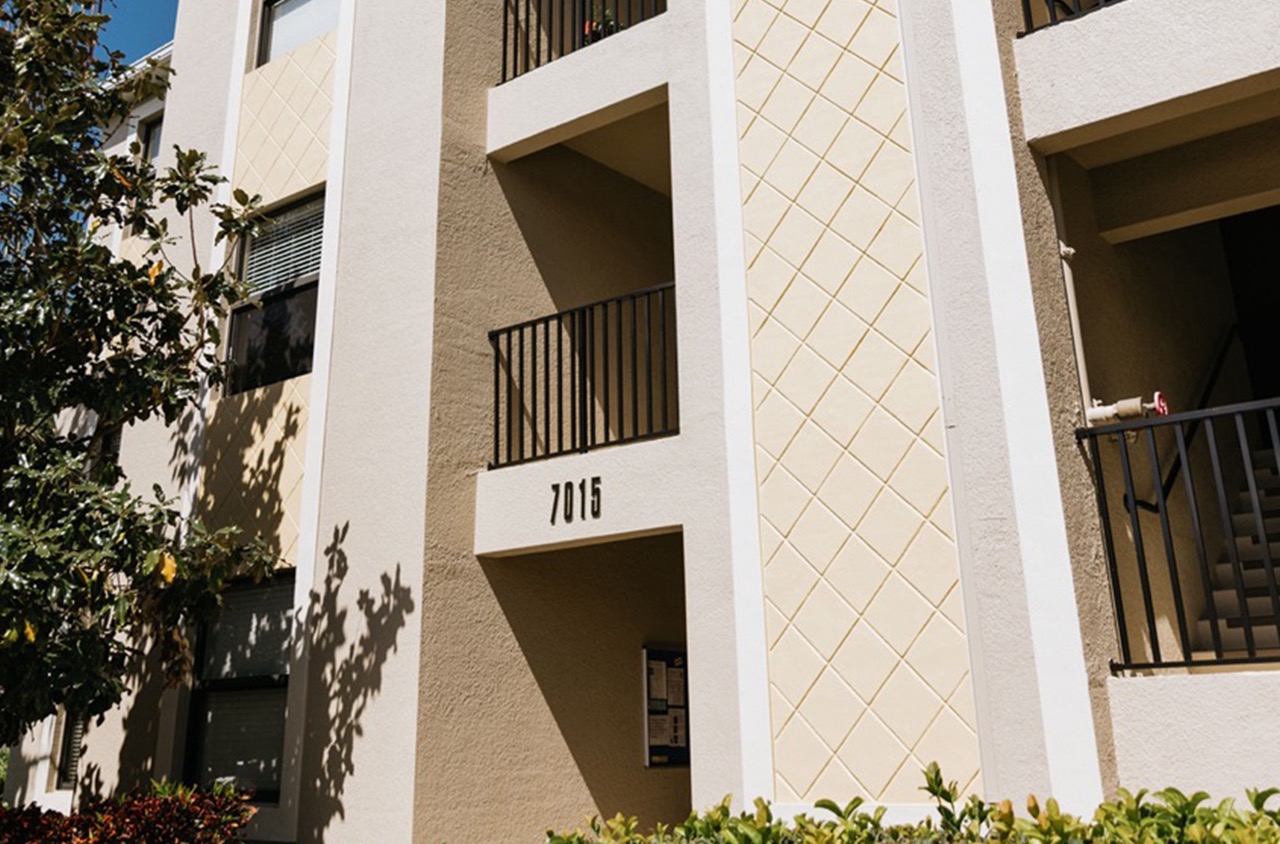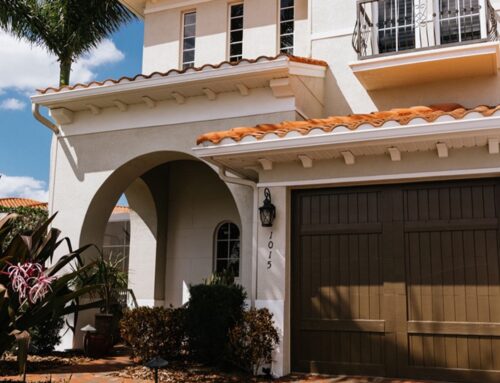Ever wondered why professional painters rarely skip the step of applying a primer? The truth lies in its transformative power to lay the foundation for a long-lasting, vibrant finish. Primers provide a crucial seal to the surface, especially on porous materials like drywall and wood, ensuring the subsequent paint coats adhere evenly. They enhance adhesion, reduce the number of coats needed, and prevent premature peeling or flaking. Moreover, primers are essential for color fidelity, especially when switching from dark to light hues or vice versa. But it’s not just about aesthetics; primers can also block stains and resist moisture in spaces prone to dampness or humidity. All these benefits make a primer not just an optional step, but a pivotal layer in achieving a flawless, durable paint job. So, let’s delve into when you should definitely reach for that primer can and why it makes all the difference.
Understanding Different Types of Primers
Choosing the right primer is crucial for a successful painting project. Whether working on a home or a commercial space, understanding the types of primers available can make all the difference in achieving a flawless finish.
Primers create the perfect base for any paint job. They seal the surface, helping paint adhere better while enhancing the final color. For surfaces with stains, a primer that blocks these blemishes is essential to prevent them from showing through the final coat. Stain-blocking primers are adept at hiding tough marks from substances like grease or water before applying paint.
For glossy or slick surfaces like metal or plastic, adhesion primers are recommended. They improve paint grip on surfaces that would otherwise repel paint. This is particularly helpful when painting over old finishes without needing an aggressive sanding process, saving both time and effort.
If covering a dark wall with a lighter color, high-hide primers are invaluable. These are formulated to conceal dark paint efficiently, decreasing the number of coats required. This is a cost-effective option, reducing necessary paint and labor.
Moisture-resistant primers maintain integrity in humid areas such as bathrooms and kitchens. These primers prevent peeling or cracking caused by excessive moisture. By serving as a barrier, they safeguard the underlying material, ensuring a durable paint job.
Shellac primers are excellent for wood surfaces, as they not only block stains but also seal odors. These primers perform well for smoke and pet smell issues. Despite their excellent coverage, shellac primers dry quickly, minimizing downtime between primer and paint application.
Understanding the specific needs of your project helps in selecting a primer that meets your requirements. By doing so, you lay a strong foundation for your paint, resulting in a long-lasting and aesthetically pleasing finish. The right primer not only enhances the appearance but also prolongs the lifespan of the paint job.
How to Choose the Right Primer
Selecting the right primer is a crucial step in achieving a high-quality paint job. Whether you’re working on a residential or commercial project, a good primer can enhance the finished look and improve the durability of the paint. Understanding types of primers and their specific uses can benefit your painting project significantly.
Firstly, assess the surface condition. For new drywall, use a water-based primer. This type of primer seals the porous surface and provides a smooth base for the paint. If you’re dealing with wood surfaces, especially those that have not been painted before, an oil-based primer is typically better. Oil-based primers are excellent for blocking stains and covering knots and imperfections.
Consider the presence of stains or tannins. Stains from smoke, water, or graffiti require specialty primers known as stain-blockers. These primers prevent unwanted spots from bleeding through the topcoat. If you encounter heavy stains, a shellac-based primer can be highly effective, especially for areas like ceilings or walls that have been exposed to nicotine or water damage.
Masonry and plaster surfaces also require special attention. For these, consider using a primer specifically designed for masonry, which penetrates the surface to provide good adhesion. This type of primer is also alkali-resistant, making it ideal for concrete that hasn’t fully cured.
If you’re painting in a high-moisture area, like a kitchen or bathroom, mold and mildew primers are designed to prevent fungal growth. These primers help maintain the appearance and improve the longevity of your paint job in damp environments.
Finally, don’t overlook the importance of tinting the primer. Tinting your primer to a shade similar to your paint color can reduce the number of paint coats needed, ensuring a richer finish. To do this, simply have your paint store mix a little of your top coat color into the primer.
Choosing the right primer requires assessing the surface, considering the environment, and understanding the specific challenges that each surface presents. By taking these factors into account, you can ensure a smoother application process and a more durable finish.
The Long-Term Benefits of Using a Primer
When considering a paint project, the focus often lands on color selection, but don’t underestimate the importance of using a primer. Primer is more than just a preliminary coat; it sets the groundwork for long-lasting, vibrant results.
One major advantage of primer is its sealing properties. Surfaces can be porous, like drywall or wood, absorbing paint unevenly. Primer creates a uniform base, keeping paint consistent and reducing the need for multiple coats. This not only saves time and resources but also ensures a more polished finish.
Primer is also key for stain blocking. Surfaces may carry stains from water, smoke, or grease that can bleed through paint. A stain-blocking primer prevents this, maintaining the integrity of your chosen color. It’s particularly useful for commercial spaces where cleanliness and presentation matter.
Another benefit is adhesion enhancement. Paint can struggle to stick to certain surfaces, especially glossy ones like tiles or plastics. A bonding primer properly adheres, reducing the chances of peeling and flaking over time. This is especially beneficial for businesses seeking durability in high-traffic areas.
Primer can also tackle difficult color changes. Transitioning from dark to light shades (or vice versa) can be challenging. A tinted primer helps bridge this gap, providing a middle ground that reduces the number of top coats required. This can be especially beneficial in residential settings, where style updates might be more frequent.
Furthermore, primers help with moisture resistance. In humid environments like Sarasota and Manatee Counties, preventing moisture infiltration is crucial for both homes and businesses. Specific primers can help seal surfaces against moisture, hindering mold and mildew growth.
Incorporating primer into a painting routine is not merely an extra step; it’s an investment in quality and longevity. Its ability to improve coverage, adhere to challenging surfaces, and block stains and moisture makes it a wise choice for both residential and commercial spaces. For any painting project, primer remains an invaluable tool that ensures magnificent, enduring results.
Next Steps
Selecting the right primer transforms your painting project from ordinary to extraordinary, laying a sound foundation for enduring results. By ensuring optimal paint adhesion, color accuracy, and an impeccable finish, primers safeguard your investment, whether you’re sprucing up a cozy home or revitalizing a bustling commercial space in Sarasota or Manatee Counties.
As you embark on your next painting endeavor, consider the unique requirements of your surfaces and environments. Partner with experts who not only understand these nuances but have the experience and skill to deliver superior outcomes. A Step Above Painting is your trusted ally in achieving excellence in every stroke. Our expertise extends beyond surface-level, tapping into decades of knowledge to bring your vision to life.
Reach out to A Step Above Painting for a free consultation or quote. Let us guide you in choosing the best primer and paint solutions tailored to your project’s specific challenges and aesthetic goals. Our commitment is to quality, precision, and satisfaction, providing you with results that stand the test of time.





